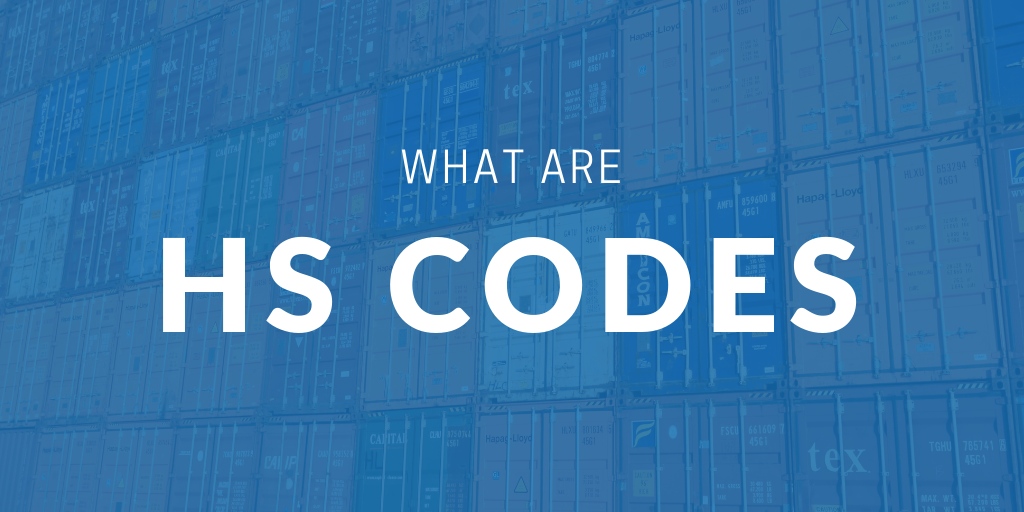Demystifying HS Codes and Classification: A Key to International Trade
In the world of global trade, where countless products traverse borders every day, standardization is the bedrock that facilitates seamless transactions. This is where HS Codes and classification come into play. These seemingly cryptic codes are the keys to unlocking the intricate puzzle of international commerce. In this blog, we’ll delve deep into the realm of HS Codes and classification, uncovering their significance, understanding the structure, deciphering their application, and exploring their role in shaping the global trade landscape.
Understanding HS Codes and Their Significance in Global Trade
Harmonized System (HS) Codes are a standardized numerical framework that categorizes products traded across the world. Developed by the World Customs Organization (WCO), HS Codes serve as a common language for customs authorities, ensuring consistency in product classification and trade documentation. These codes play a crucial role in:
HS Codes: A Common Language for Global Trade:
At its core, the Harmonized System is a globally accepted classification system that assigns distinct codes to a vast array of products traded worldwide. This codification allows for the consistent categorization of goods, facilitating a common language that customs authorities, traders, and shipping companies can understand universally. The significance of HS Codes lies in their role as the linchpin that connects diverse economies and industries on the international stage.
The Crucial Role of HS Codes:
Simplifying Trade: Imagine a world where each country had its own classification system. Chaos would reign supreme at customs ports and borders. HS Codes eliminate this confusion by providing a standardized set of codes that clearly identify the nature of each product. This simplification streamlines communication between traders, customs officials, and shipping entities, ensuring a smooth flow of goods across borders.
Precision in Tariff Determination: One of the cornerstones of international trade is the calculation of duties and taxes. HS Codes play a pivotal role in this arena by assisting in the precise determination of tariffs. Assigning the correct HS Code to a product allows customs authorities to apply accurate duty rates, reducing discrepancies and potential disputes.
Aiding Statistical Analysis: For governments and international organizations, accurate trade data is invaluable. HS Codes provide the foundation for compiling comprehensive trade statistics, enabling thorough analysis of import and export trends. This data, in turn, influences policy decisions and shapes trade agreements.
Driving Global Trade Facilitation: The intricate network of global trade hinges on transparency and harmonization. HS Codes contribute significantly to these principles by offering a standardized classification system that countries across the world can rely upon. This harmonization is essential for the seamless movement of goods, enhancing efficiency and minimizing delays at borders.
The Structure of HS Codes:
HS Codes are structured hierarchically, encompassing six digits initially, which can be extended for finer categorization. Let’s break down the structure using an example:
Unveiling the Hierarchical Structure: HS Codes are structured hierarchically, consisting of six digits. However, this base structure can be extended for greater precision. Let’s dissect this hierarchy using an illustrative example:
- First Two Digits – The Chapter: The first two digits represent the chapter, a broad grouping of similar products. For instance, consider the code “84.” This chapter pertains to machinery and mechanical appliances. Here, you enter the realm of heavy machinery and industrial equipment.
- Next Two Digits – The Heading: The following two digits refine the classification further, narrowing down the category. Continuing with our example, “8418” now emerges. This heading delves into the specifics of refrigeration and freezing equipment. You’ve zoomed in from the broader machinery category to a more specialized field.
- Last Two Digits – The Subheading: The last two digits complete the hierarchical structure, creating the subheading. Let’s say you have “8418.10.” Now, you’ve reached the level of household refrigerators and freezers within the refrigeration equipment category. This level of classification provides a precise definition of the product you’re dealing with.
HS Codes in Action: A Real-world Example:
Consider a scenario where a textile manufacturer in Country A intends to export a shipment of cotton shirts to Country B. The accurate classification of the cotton shirts under the relevant HS Code is pivotal:
Identification: The manufacturer researches the appropriate HS Code for cotton shirts, locating it under the textiles category (Chapter 61 or 62) based on the nature of the product.
Code Determination: After further scrutiny, the manufacturer narrows down the classification to the specific type of cotton shirt, such as men’s casual shirts. The HS Code might be “6205.20.”
Customs Declaration: When preparing the export documentation, the manufacturer meticulously includes the HS Code “6205.20” for the cotton shirts. This ensures that customs officials in Country B can accurately assess duties and taxes.
Conclusion:
In the intricate realm of international trade, where diverse products flow across borders, HS Codes and classification are the guiding stars that ensure harmony and accuracy. These codes serve as a universal language, connecting traders, customs authorities, and statisticians across the globe. By understanding their significance, mastering their structure, and diligently applying them in trade transactions, businesses can navigate the complexities of global commerce with confidence. Whether it’s a shipment of electronics or a consignment of textiles, HS Codes stand as the pillars of precision, enabling the fluid movement of goods in the global marketplace.
